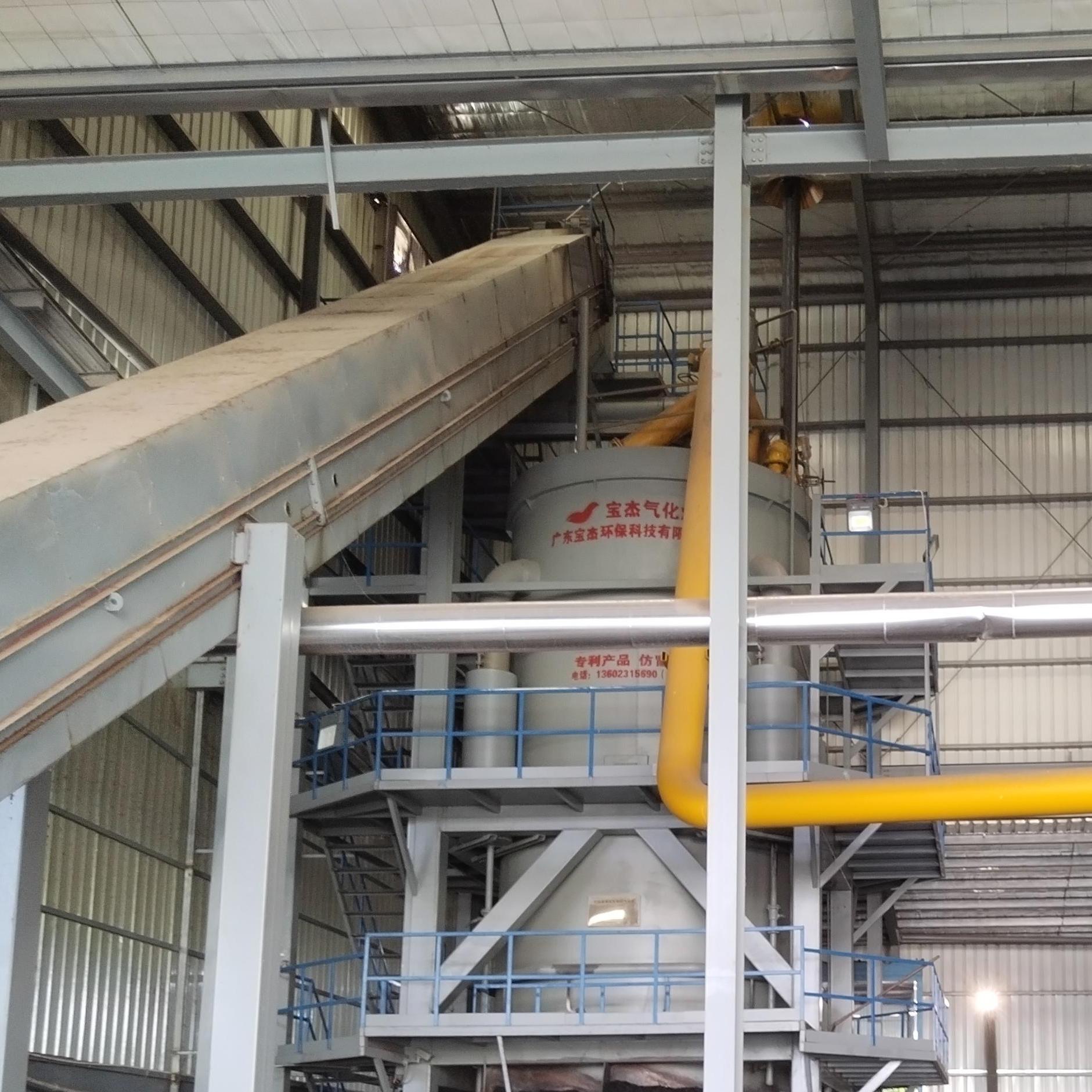R&D and manufacture of biomass gasification equipment, environmental protection equipment, boiler equipment, investment in heating (steam) energy operation and management.
Tel:+86 0769-82928980
E-mail:[email protected]
Web Menu
Product Search
Exit Menu
Industry News
What are the advantages and application areas of biomass gasifiers?
With the continuous increase in global energy demand and increasing attention to environmental issues, the use of traditional fossil fuels is gradually facing the dual pressures of resource depletion and environmental pollution. In order to achieve sustainable development of energy, the research and application of alternative energy sources have become particularly important. Among many alternative energy technologies, Biomass Gasifier (biomass gasifier) as an efficient and environmentally friendly energy conversion equipment has gradually attracted widespread attention. Biomass gasification technology can not only produce clean energy from organic waste, but also reduce greenhouse gas emissions and promote green and low-carbon development.
The core technology of biomass gasifier is the gasification process. In this process, biomass raw materials react chemically under high temperature, low oxygen or anoxic environment to produce synthesis gas. The specific process includes the following steps:
The biomass raw materials are first heated to a certain temperature to remove the moisture in them. This process is usually completed between 150-200°C.
At higher temperatures (about 500-700°C), the organic matter in the biomass is cracked to produce combustible gas, solid charcoal and oil and gas.
The cracking products enter the gasification area and react with oxygen, steam or air to produce synthesis gas. Common gasification reactions include the production of carbon monoxide and hydrogen.

The synthesis gas is cooled and purified to remove impurities such as dust and tar, and obtain gas suitable for combustion or chemical synthesis.
The purified synthesis gas can be used to drive internal combustion engines for power generation, heating or as a chemical raw material.
One of the main advantages of biomass gasifiers is its environmental performance. Compared with traditional combustion processes, the gasification process produces less waste gas and pollutants. The synthesis gas produced by gasification is mainly composed of carbon monoxide, hydrogen and methane, which can be burned efficiently, reducing the emission of carbon dioxide and other harmful substances. In addition, the gasification process can reduce the pollution of biomass waste to the environment, especially for the treatment of agricultural waste and forestry waste.
The efficiency of biomass gasifiers is generally higher than that of traditional combustion furnaces. The gasification process can convert the chemical energy in biomass into usable energy more efficiently, especially in power generation and heating, and can achieve higher energy output.
Biomass gasifiers can use a variety of organic waste as raw materials, including agricultural waste, forestry residues, urban garbage, etc. This not only provides an effective way to recycle waste, but also reduces dependence on traditional fossil fuels.
Biomass gasification technology can use renewable resources to provide sustainable solutions for energy production. Biomass is widely available and renewable, making gasifiers a green, low-carbon energy production technology.
One of the most common applications of biomass gasifiers is for power generation. By driving internal combustion engines or gas turbines with syngas, biomass can be efficiently converted into electricity. This application is particularly suitable for energy-scarce or remote areas, and can solve the problem of power shortage.
Biomass gasifiers are also widely used in industrial heating, home heating, and greenhouse heating. Syngas can be used for heating in gas boilers to provide the required heat energy.
Biomass gasification technology provides an effective solution for the treatment of agricultural and forestry waste. Through gasification, these wastes are not only effectively recycled, but also converted into energy, reducing environmental pollution caused by incineration or stacking.
In addition to being used for power generation and heating, syngas can also be used as a chemical raw material in the production of synthetic chemicals and fuels. For example, syngas can be used to produce chemicals such as methanol, ammonia, and ethanol.
With the global emphasis on sustainable energy and environmental protection, biomass gasification technology is expected to usher in broad development prospects. In the future, with the continuous advancement of technology, the efficiency of biomass gasifiers will be further improved, enabling more efficient energy conversion and lower pollution emissions. At the same time, with the expansion of the biomass energy market, the cost of gasifiers will gradually decrease, promoting their application in a wider range of fields.
With the support of government policies and the improvement of public environmental awareness, biomass gasification technology is expected to become an important part of the global energy transformation and contribute to the realization of a low-carbon economy and sustainable development.
Quick Links
Products
contact Us
 Tel: +86 0769-82928980
Tel: +86 0769-82928980 Fax: [email protected]
Fax: [email protected] E-mail: [email protected]
E-mail: [email protected] Company Address: Dalang Chamber of Commerce Building, No. 288 Yinlang South Road, Dalang Town, Dongguan City 13333, China
Company Address: Dalang Chamber of Commerce Building, No. 288 Yinlang South Road, Dalang Town, Dongguan City 13333, China Factory Add:
West side of Centre Road and south side of Zhongyuan Road within Hongcaoyuan, Hongcao Town, Shanwei Urban District
Factory Add:
West side of Centre Road and south side of Zhongyuan Road within Hongcaoyuan, Hongcao Town, Shanwei Urban District
Copyright© 2022 Guangdong Bao Jie Technology Co., Ltd.All Rights Reserved.


 EN
EN 





